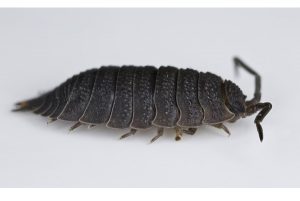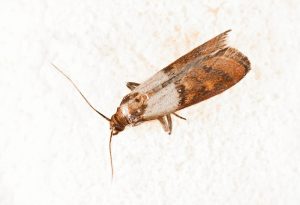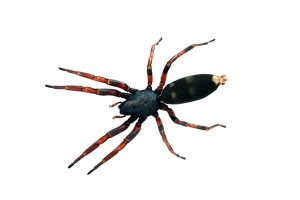
5 Facts About Carpet Beetles You Need to Know
- Published:
- Updated: December 13, 2023
Carpet beetles are a common fabric pest. Although their name indicates they only eat carpets or rugs, they will eat a wide range of animal fabrics including wool, fur, silk, felt, feathers and leather. As with any pest problem it helps to know a bit about your ‘enemy’. Here are 5 important pieces of information that will help you spot a carpet beetle problem and prevent a carpet beetle problem developing.
Types of carpet beetle
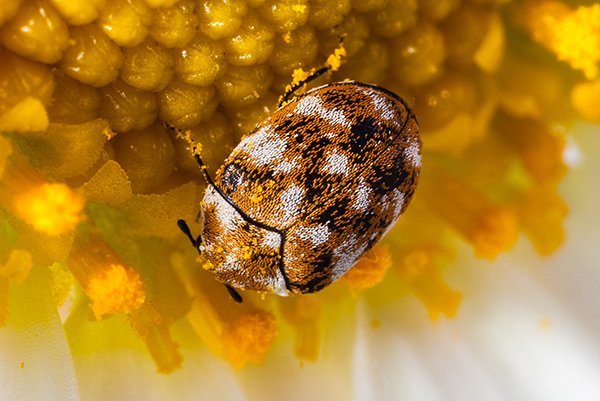
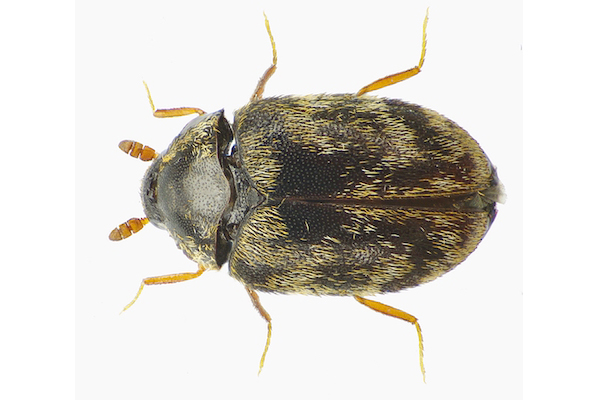
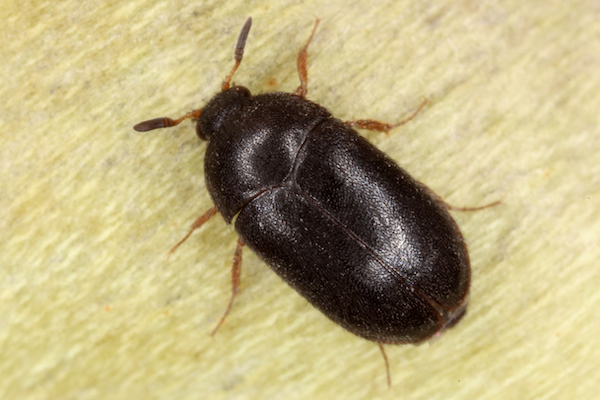
There are a number of different species of carpet beetles in Australia, with the three common species in Australia and New Zealand being the black carpet beetle, variegated carpet beetle and Australian carpet beetle. There are also a range of other closely related beetles that belong to the Dermestid family, that have a similar appearance to carpet beetles, including hide beetles, fur beetles and the invasive pest, the khapra beetle which is a pest of stored dried food.
Carpet beetles are small 2-3 millimetres long. The black carpet beetle is a uniform black colour, whereas the variegated carpet beetle and Australian carpet beetle have a mottled colouration – a mixture of white, brown, and black patches.
The adult carpet beetles do not cause the damage, it’s their larvae that eat the fabrics and cause all the damage.
Carpet beetle larva – “Woolley bears”
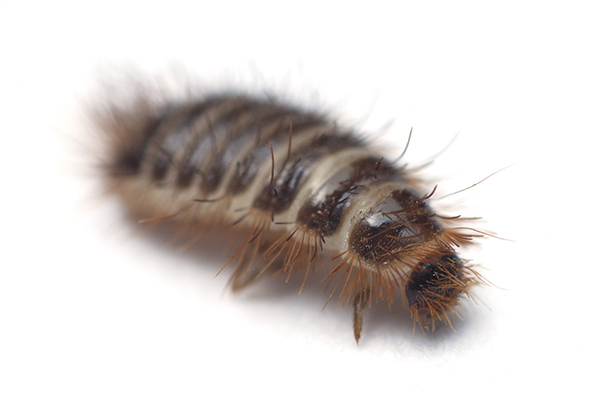
Carpet beetle larvae are much larger than adults – up to 7 millimetres in length. One of their distinguishing features is that they are covered with many short hairs or bristles from which they get their common name. They can stay in this larval stage for up to 2 years, so they can cause quite a lot of damage.
Apart from the damage they cause, their hairs can cause significant allergic reactions in some people, including intense itching of the skin and rash, with the irritation sometimes spreading to the eyes and respiratory tract. When there has been an ongoing infestation, the number of hairs and spent cuticles in the carpet can be significant. These can be stirred up when vacuuming.
Signs of carpet beetle activity
The most obvious sign of carpet beetle activity is damage. Damage typically occurs in patches (rather than small spots) and there will often been spent cuticles (the skins they shed as their grow) nearby.
Another sign you have a carpet beetle problem, is finding small beetles on windowsills and on the inside of windows. These are the newly emerged adult beetles trying to get outside.
Where do carpet beetles hide?
Since carpet beetles don’t like light, damage is almost always in dark, undisturbed areas, which is why the damage often goes un-noticed for some time. Underneath heavy furniture, which is dark and an often unvacuumed area, is a common site of activity.
Ensuring all corners of the room are vacuumed regularly, including moving heavy furniture to get to the hard-to-reach spots, will allow you detect the early signs of a carpet beetle problem and will go a long way to preventing a carpet beetle infestation becoming established.
Adult carpet beetles are quite the opposite, they like light and live outside, so don’t hide at all!
Where do carpet beetles come from?
Adult carpet beetles feed on pollen so are found in many urban gardens. In most cases, carpet beetle infestations originate from adult beetles that fly in from flowers around the building. So, one of the best ways to prevent carpet beetle infestations is to keep flowering plants away from the perimeter of the building and / or make sure there are well-fitted screens on the windows. Of course, carpet beetles can also be brought into the house on cut flowers, so these should be checked too.
Check out our page on how to control carpet beetles for recommended carpet beetle treatments and carpet beetle products.
Australian carpet beetle image credit: Siga, CC BY-SA 4.0 https://creativecommons.org/licenses/by-sa/4.0, via Wikimedia Commons

